Preview |
PDF (Original Article)
- Requires a PDF viewer such as GSview, Xpdf or Adobe Acrobat Reader
1MB |
Preview |
PDF (Supplementary Material)
- Requires a PDF viewer such as GSview, Xpdf or Adobe Acrobat Reader
900kB |
| Item Type: | Article |
|---|---|
| Title: | Fertility in patients with advanced-stage classic Hodgkin lymphoma treated with BrECADD versus eBEACOPP: a secondary analysis of the multicentre, randomised, parallel, open-label, phase 3 HD21 trial |
| Creators Name: | Ferdinandus, J., Schneider, G., Moccia, A., Greil, R., Hertzberg, M., Schaub, V., Hüttmann, A., Keil, F., Dierlamm, J., Hänel, M., Novak, U., Meissner, J., Hellmuth, J.C., Mathas, S., Zijlstra, J.M., Fosså, A., Viardot, A., Hertenstein, B., Martin, S., Giri, P., Kamper, P., Molin, D., Jablonski, J., Damaschin, C., Robertz, A.S., Rosenbrock, J., Fuchs, M., Borchmann, P. and Behringer, K. |
| Abstract: | BACKGROUND: BrECADD (brentuximab vedotin, etoposide, cyclophosphamide, doxorubicin, dacarbazine, and dexamethasone) has shown higher efficacy and better acute tolerability than eBEACOPP (escalated doses of bleomycin, etoposide, doxorubicin, cyclophosphamide, vincristine, procarbazine, and prednisone) in newly diagnosed, advanced-stage classic Hodgkin lymphoma. In this secondary analysis of the HD21 trial, we aimed to compare gonadal function recovery and fertility outcomes between these two regimens. METHODS: In the multicentre, parallel, open-label, phase 3 HD21 trial, conducted across 233 trial sites in nine countries, patients aged 18–60 years with newly diagnosed, advanced-stage classic Hodgkin lymphoma and an Eastern Cooperative Oncology Group performance status of 0–2 were randomly assigned (1:1) to receive 4–6 cycles of eBEACOPP or BrECADD, guided by interim response. Patients and investigators were not masked to treatment assignment. Primary outcomes were progression-free survival and treatment-related morbidity (reported elsewhere). Here we report an unplanned analysis of fertility outcomes. Fertility outcomes included gonadal function recovery (via follicle-stimulating hormone [FSH] concentrations), concentrations of anti-Müllerian hormone (AMH; women only) and inhibin B (men only), frequencies of pregnancies, and incidence of parenthood. Gonadal function recovery, AMH, and inhibin B were assessed in the patients of childbearing potential (POCBP) cohort, which included women younger than 40 years and men younger than 50 years without baseline gonadal dysfunction. Pregnancy and parenthood analyses also included patients with baseline gonadal dysfunction. The HD21 trial was registered at ClinicalTrials.gov (NCT02661503) and is ongoing but closed to enrolment. FINDINGS: Between July 22, 2016, and Aug 27, 2020, 1183 POCBP were enrolled (592 in the eBEACOPP group, 591 in the BrECADD group; 692 men, 491 women). FSH measurements were available for 767 patients (420 men and 347 women). Median follow-up was 49·6 months (IQR 39·7–58·4). BrECADD was associated with significantly higher 4-year gonadal function recovery rates compared with eBEACOPP (95·3% [95% CI 92·0–98·8] in the BrECADD group vs 73·3% [66·9–80·4] in the eBEACOPP group, HR 1·69 [95% CI 1·34–2·14] in women; 85·6% [80·8–90·8] vs 39·7% [33·6–46·9], HR 3·28 [2·51–4·30] in men). AMH and inhibin B concentrations were generally higher in the BrECADD group compared with the eBEACOPP group. A total of 92 pregnancies were reported among female patients, and 36 among partners of male patients. These led to 108 reported childbirths in 99 patients (59 in the BrECADD group and 40 in the eBEACOPP group). After therapy, 5-year incidence of parenthood was significantly higher in men (9·3% [95% CI 6·0–14·5] vs 3·3% [1·7–6·5], p=0·014), but not significantly higher in women (19·3% [13·7–27·3] vs 17·1% [11·9–24·6], p=0·53) with BrECADD versus eBEACOPP. INTERPRETATION: Compared with eBEACOPP, BrECADD led to significantly better gonadal function recovery, as well as higher parenthood rates (significantly so in men). These findings support BrECADD as preferred first-line therapy, especially for patients wishing to preserve fertility. |
| Keywords: | Antineoplastic Combined Chemotherapy Protocols, Bleomycin, Cyclophosphamide, Doxorubicin, Etoposide, Fertility, Hodgkin Disease, Neoplasm Staging, Prednisone, Pregnancy, Procarbazine, Vincristine, Young Adult |
| Source: | Lancet Oncology |
| ISSN: | 1470-2045 |
| Publisher: | Elsevier |
| Volume: | 26 |
| Number: | 8 |
| Page Range: | 1081-1090 |
| Date: | August 2025 |
| Official Publication: | https://doi.org/10.1016/s1470-2045(25)00262-1 |
| PubMed: | View item in PubMed |
Repository Staff Only: item control page

 Tools
Tools Tools
Tools

